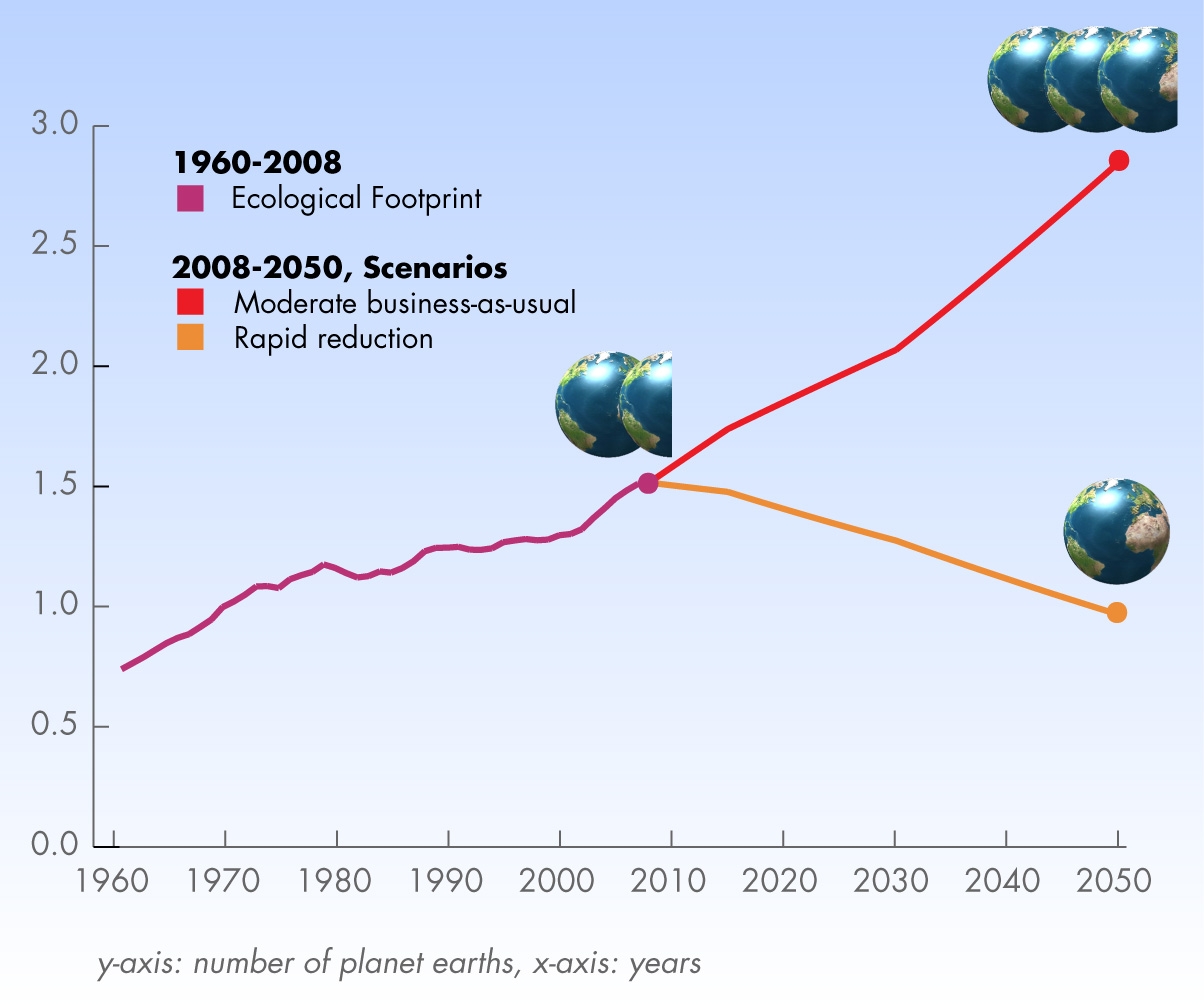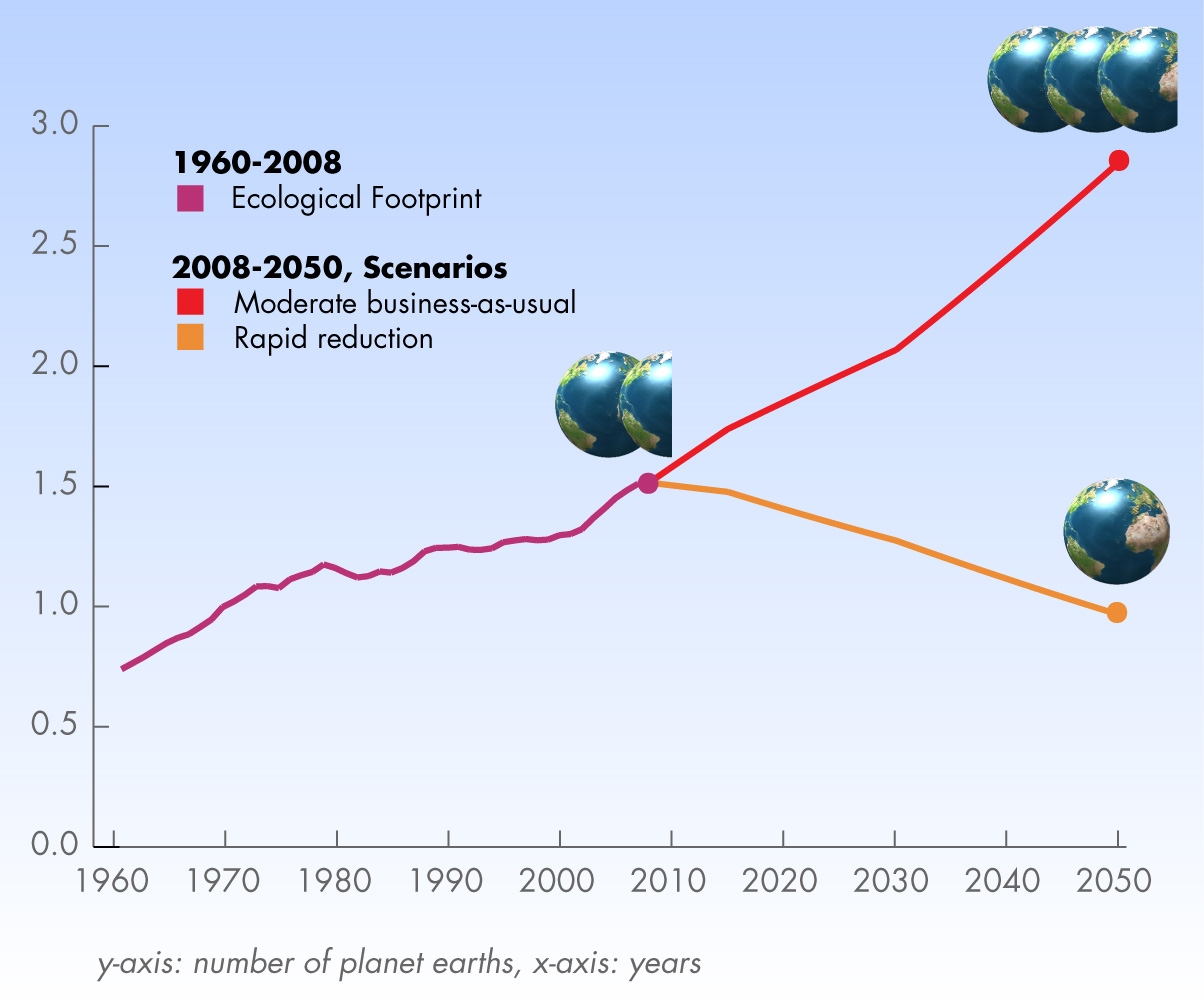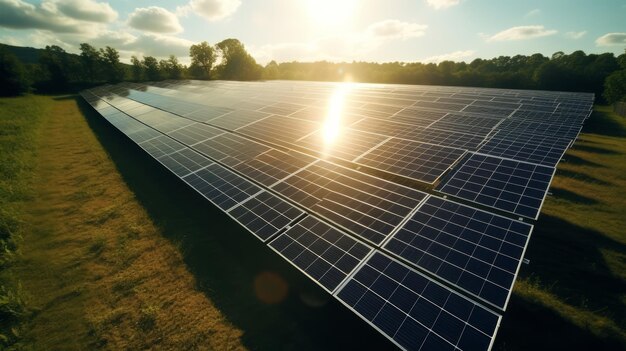
Carrying Capacity: Earth’s Limits and Our Consumption Habits – A Beginner’s Guide
Imagine a bus. It has a certain number of seats, and maybe a few people can stand. But if too many people try to squeeze onto that bus, it becomes uncomfortable, unsafe, and eventually, it might break down.
Our planet Earth is a bit like that bus. It has a limit to how many people it can comfortably support, and more importantly, how much our activities impact its ability to sustain life. This concept is known as Carrying Capacity.
In this long read, we’ll explore what carrying capacity means for our planet, how human consumption is testing these limits, and what we can do to ensure a sustainable future for everyone.
What is Carrying Capacity? Understanding Earth’s "Passenger Limit"
At its simplest, Carrying Capacity is the maximum number of individuals of a particular species that a given environment can support indefinitely, without degrading that environment.
Think back to our bus analogy:
- Individuals: The passengers on the bus.
- Environment: The bus itself.
- Support Indefinitely: The bus being able to run safely and reliably for years.
- Without Degrading: Not breaking down or becoming unsafe.
For any species, including humans, carrying capacity isn’t just about having enough space. It’s about a delicate balance of:
- Available Resources: Enough food, clean water, breathable air, and energy.
- Waste Absorption: The environment’s ability to absorb and neutralize the waste and pollution produced by that population.
When a population exceeds its environment’s carrying capacity, resources become scarce, waste accumulates, and the environment starts to degrade, eventually leading to a decline in the population itself.
Earth’s Specific Limits: What Does Our Planet Offer?
Our planet provides everything we need to survive, but these resources are not infinite, and their regeneration takes time. Let’s look at some of Earth’s critical limits:
1. Land: Our Living Space and Food Factory
- Finite Area: There’s only so much land on Earth. A significant portion is covered by oceans, deserts, mountains, or ice.
- Arable Land: Only a fraction of the land is suitable for growing crops – what we call "arable land." This land is shrinking due to urbanization, desertification, and soil degradation.
- Biodiversity Hotspots: Natural habitats like forests, wetlands, and grasslands are vital for countless species and essential "ecosystem services" (like cleaning air and water). Converting them for human use reduces the planet’s overall health.
2. Water: The Elixir of Life
- Freshwater Scarcity: While 70% of Earth is water, only about 2.5% is freshwater, and most of that is locked in glaciers and ice caps. Less than 1% is readily available for human use (rivers, lakes, groundwater).
- Over-Extraction: Many regions are extracting groundwater faster than it can be replenished, leading to depleted aquifers and sinking land.
- Pollution: Industrial, agricultural, and domestic waste pollute freshwater sources, making them unusable.
3. Energy: Fueling Our World
- Non-Renewable Dominance: Our modern societies are heavily reliant on fossil fuels (coal, oil, natural gas). These are finite resources that took millions of years to form and release harmful greenhouse gases when burned.
- Renewable Potential: While renewable energy sources (solar, wind, hydro) offer a cleaner alternative, building the infrastructure to fully transition takes time and resources, and even they have environmental footprints.
4. Biodiversity: Nature’s Safety Net
- Species Loss: We are currently experiencing the sixth mass extinction event, driven by human activities like habitat destruction, pollution, and climate change.
- Ecosystem Services: Biodiversity isn’t just about pretty animals; it’s about the intricate web of life that provides essential services: pollination of crops, water purification, climate regulation, and disease control. Losing species weakens these vital systems.
5. Waste Absorption: Earth’s "Garbage Can" Capacity
- Pollution Overload: Earth has a natural ability to break down and absorb certain amounts of waste. However, we’re producing waste (plastics, industrial chemicals, greenhouse gases) faster than the planet can process it.
- Climate Change: The most pressing example is the release of greenhouse gases (like carbon dioxide) from burning fossil fuels. Earth’s atmosphere can only absorb so much before the climate system becomes dangerously altered.
Human Consumption: The Elephant in the Room
While global population growth is a factor, the biggest driver pushing Earth’s carrying capacity to its limits is human consumption patterns, particularly in developed nations. It’s not just how many people there are, but how much each person consumes and how that consumption impacts the environment.
The Ecological Footprint: Measuring Our Impact
A powerful concept to understand our consumption is the Ecological Footprint. It measures the amount of land and sea area required to:
- Produce all the resources a person, city, or country consumes.
- Absorb all the waste it generates.
If everyone lived like the average American, we would need the equivalent of 5 Earths to sustain us! This clearly shows that current consumption levels are far beyond what the planet can support indefinitely.
How We Consume: Everyday Examples
Our consumption habits extend to nearly every aspect of our lives:
- Food:
- Meat Consumption: Producing meat (especially beef) requires vast amounts of land, water, and energy, and generates significant greenhouse gas emissions.
- Food Waste: A shocking one-third of all food produced globally is wasted, from farm to fork, contributing to resource depletion and landfill emissions.
- Globalized Diets: Importing food from distant lands increases carbon emissions from transportation.
- Fashion:
- Fast Fashion: The trend of rapidly changing clothing styles leads to massive overproduction, reliance on synthetic (plastic-based) materials, and enormous textile waste.
- Water Intensive: Cotton production is incredibly water-intensive, and dyeing processes pollute water sources.
- Technology & Gadgets:
- Planned Obsolescence: Many electronics are designed to become obsolete quickly, encouraging frequent upgrades and generating mountains of electronic waste (e-waste) containing toxic materials.
- Resource Extraction: Manufacturing these devices requires mining rare earth minerals, often in environmentally damaging ways.
- Energy Use:
- Home Energy: Heating, cooling, and powering our homes often relies on fossil fuels.
- Transportation: Cars, planes, and ships mostly run on fossil fuels, releasing vast amounts of carbon into the atmosphere.
Consequences of Exceeding Earth’s Limits
When we push beyond Earth’s carrying capacity, the consequences are severe and interconnected:
- Climate Change: Rising global temperatures, more frequent extreme weather events (heatwaves, floods, droughts, storms), sea-level rise, and ocean acidification.
- Resource Depletion: Running out of essential materials like certain metals, minerals, and even fresh water in some regions.
- Biodiversity Loss: Accelerating extinction rates, leading to less resilient ecosystems and a breakdown of natural services.
- Pollution Crises: Smog in cities, plastic choking our oceans, contaminated soils, and widespread health problems.
- Social and Economic Instability: Resource scarcity can lead to conflicts, mass migrations, food insecurity, and economic disruptions, disproportionately affecting vulnerable communities.
Can We Expand Earth’s Carrying Capacity? (A Nuanced Look)
Some argue that human ingenuity and technology can continuously "expand" Earth’s carrying capacity. While technology has certainly allowed us to support more people than ever before, there are important caveats:
- Technological Advancements: Innovations like improved agricultural techniques (e.g., vertical farming), desalination for water, and renewable energy sources can help us use resources more efficiently and find alternatives.
- Efficiency Gains: Making our processes more efficient (e.g., fuel-efficient cars, energy-saving appliances) reduces the immediate impact of consumption.
However, these solutions often have their own environmental footprints, require significant energy and resources to implement, and sometimes lead to a "rebound effect" (where increased efficiency leads to increased overall consumption). Ultimately, the physical limits of the planet remain. There’s only so much land, so much water, and so much capacity for waste absorption.
Pathways to a Sustainable Future: Living Within Our Means
Addressing the challenge of carrying capacity requires a fundamental shift in how we live, consume, and interact with our planet. It’s not about going back to the Stone Age, but about building a more sustainable and equitable future.
1. Individual Actions: Power in Our Choices
- Reduce, Reuse, Recycle: The classic "3 Rs" are more important than ever. Focus on reducing consumption first, then reusing items, and finally recycling what’s left.
- Mindful Consumption: Before buying something, ask: Do I truly need this? Can I borrow it? Can I buy it second-hand? Is it durable and repairable?
- Sustainable Food Choices: Eat more plant-based meals, choose local and seasonal produce, reduce food waste, and support sustainable farming practices.
- Energy Efficiency: Insulate your home, use energy-efficient appliances, turn off lights, and unplug electronics when not in use.
- Sustainable Transportation: Walk, bike, use public transport, or opt for electric vehicles when possible.
- Support Ethical Businesses: Choose companies committed to environmental and social responsibility.
2. Systemic Changes: Building a Better System
Individual actions are crucial, but they must be supported by larger systemic shifts:
- Transition to Renewable Energy: Investing heavily in solar, wind, geothermal, and other clean energy sources to power our homes, industries, and transport.
- Circular Economy: Moving away from a "take-make-dispose" model to one where products are designed for durability, reuse, repair, and recycling, minimizing waste and maximizing resource efficiency.
- Sustainable Agriculture: Promoting practices that restore soil health, conserve water, reduce chemical use, and enhance biodiversity.
- Policy and Regulation: Governments must implement strong environmental policies, carbon pricing, incentives for sustainable practices, and regulations to curb pollution and resource depletion.
- Education and Awareness: Empowering people with knowledge about environmental challenges and solutions, fostering a deeper connection to nature.
- Population Stabilization (Delicate Topic): While complex and sensitive, ensuring access to education, healthcare, and family planning resources globally can contribute to more sustainable population trajectories.
Conclusion: Our Shared Responsibility
The concept of carrying capacity reminds us that Earth is a finite system, not an endless well of resources or an infinite garbage dump. Human consumption, driven by modern lifestyles and economic models, is rapidly pushing our planet to its limits, leading to unprecedented environmental crises.
However, understanding these limits is the first step towards a solution. We have the knowledge, the technology, and the collective capacity to shift towards a more sustainable way of living. By making conscious choices as individuals and advocating for systemic changes, we can work together to respect Earth’s carrying capacity, ensuring a healthy, thriving planet for ourselves and for generations to come. The time to act is now.



Post Comment